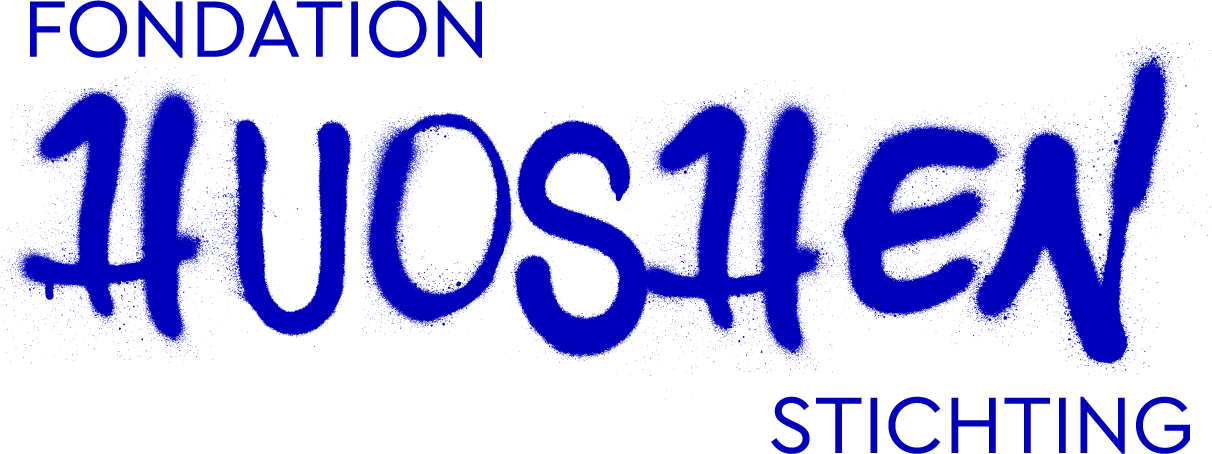The ideal trainer
A good trainer is authentic, without being judgmental. His antenna’s for what goes on in the group and the individuals in the group are always awake, in such a way that he can put his knowledge and experience in a flexible and creative way to best use in response to the needs of the group and the individuals.
This kind of work is so custom-made, because what works today, does not necessarily works tomorrow. And yet, always, after each therapy session, I come up with ways how I could have done it differently. And that reflection, you take with you to to the next session. (PMT-therapist)
With a good trainer who guides them in the process, young people feel safe, accepted, equal, and ‘listened to’ without any pressure to perform. The training similarly becomes a place where nothing has to be done, where they feel at home and can experiment in a safe environment.
There is a girl in the dance therapy that has followed dance class all her life. In a regular dance class, there is someone who can dance very well and you have to try to imitate that as good as possible. And that element is not part of dance therapy. It is no longer about trying to do something right. It’s about what you experience here and now, what feels good to you, what you feel in contact with others … And then suddenly she realized that she was very anxious, even though she was used to be on stage, she was very anxious to dance when others were watching, when she had to improvise with others watching, that made her very afraid. (dance therapist)
Creating such a safe, open context is only possible if the trainer himself is authentic. Not by going along with all their input, but by enthusiastically and passionately convey authenticity, and show young people different perspectives, different ways of reacting, of being, of living. At the same time, the trainer has to offer structure – also a form of security.
It’s fine if you have affinity with the youth you work wiht, but that doesn’t mean you should be a Justin Bieber fan. That simply does not work. Stick to yourself, be passionate, show enthusiasm and desire to work with them, and treat them with respect and equality. If you can transfer your passion, that is a really good start, because in the end, young people are all looking for new authentic ideas, new input, ideas that can inspire them, which broaden their world. But in a safe environment. So they need structure, yet they want to widen and get much input, and the freedom to choose. This type of context you have to offer them. So you have to offer them a perspective, and they will decide themselves if they go for it or not. You should not show a cathedral builder which stones he should use and how, but how the cathedral should look like, how it should be. (trainer circus techniques)
The openness of the trainer creates space, a much needed, non-competitive, safe environment to work. But all these qualities in just one person is not so evident. In most cases, the trainer himself goes through some kind of growth process, in which physical work often has been helpful in transforming own weaknesses into strengths.
A test once showed me I was hyper-sensitive. That was very striking, but I knew it for a long time. But it is really what you do with it. Because if I hadn’t had this hypersensitivity thing, I am sure it would be more difficult for me to work with youth. Then it would be less easy to empathize with what my students think and feel. Which does not mean that someone who is not hypersensitive cannot be a good teacher. What I mean is that it is really important to get in touch with the group. So I am very grateful for these antenna’s, now that I am not afraid of them anymore. And for me it is really dance and yoga that taught me this. (teen yoga and dance teacher)
A good trainer is of course serious about all the exercises, experiences and emotions that are part of the training, but this can also be done with a lot of humor. Humor has a releasing, relaxing, even therapeutic effect, and works also as an icebreaker. Especially in difficult situations, for example when working with boundaries, or when the group is not safe yet. Humor is not only essential to keep the atmosphere light and playful, but also works as a troubleshooter in difficult situations. And then, of course, it all comes down to the right humor to use; humor that suits the youth, their world, daily life and daily concerns.



